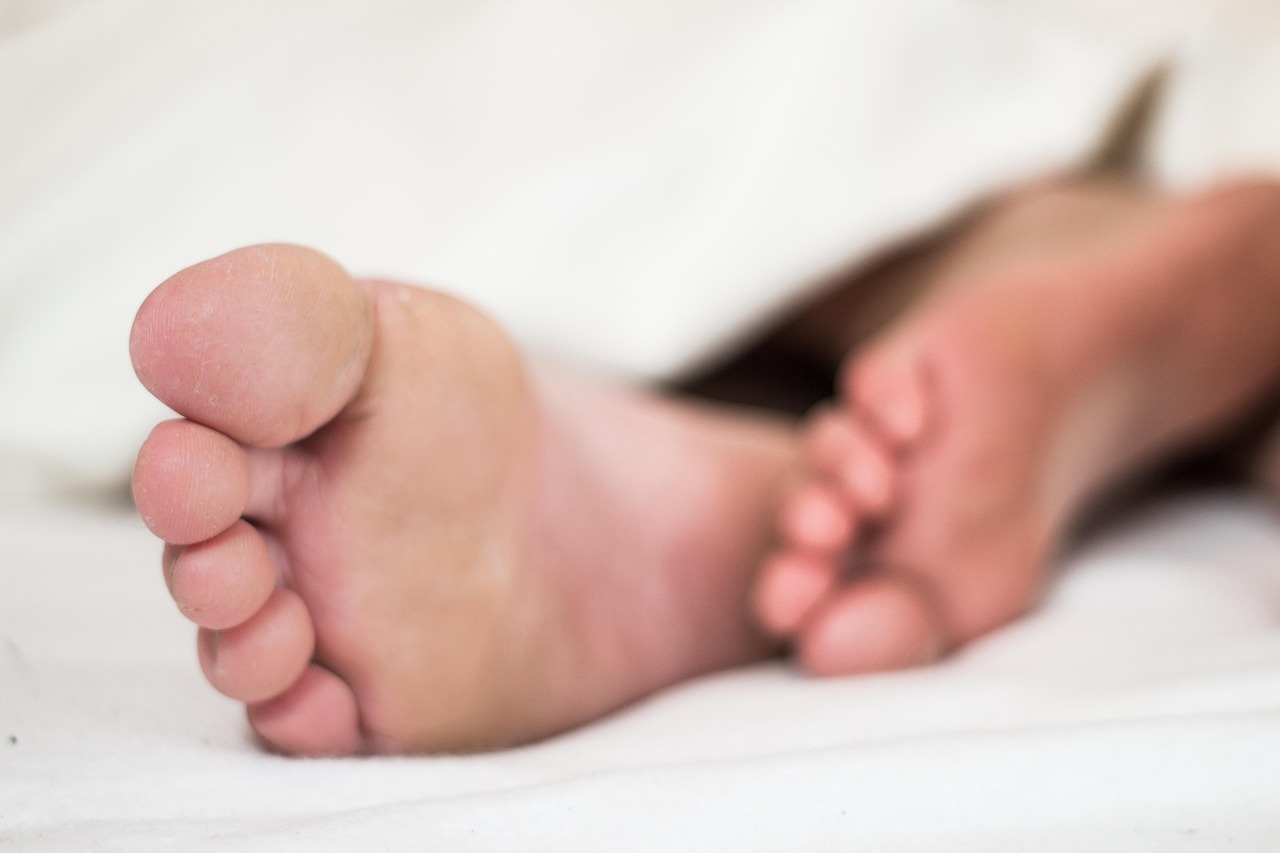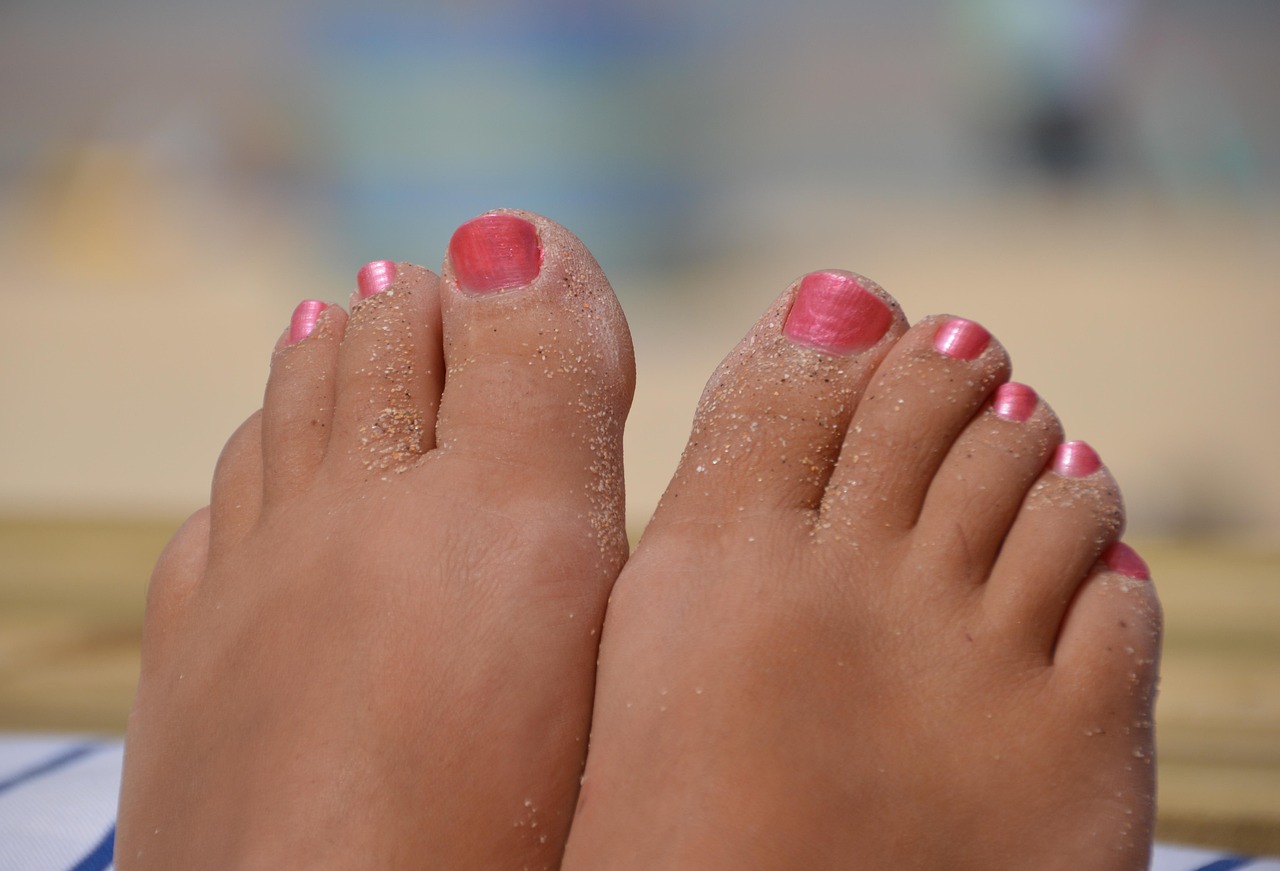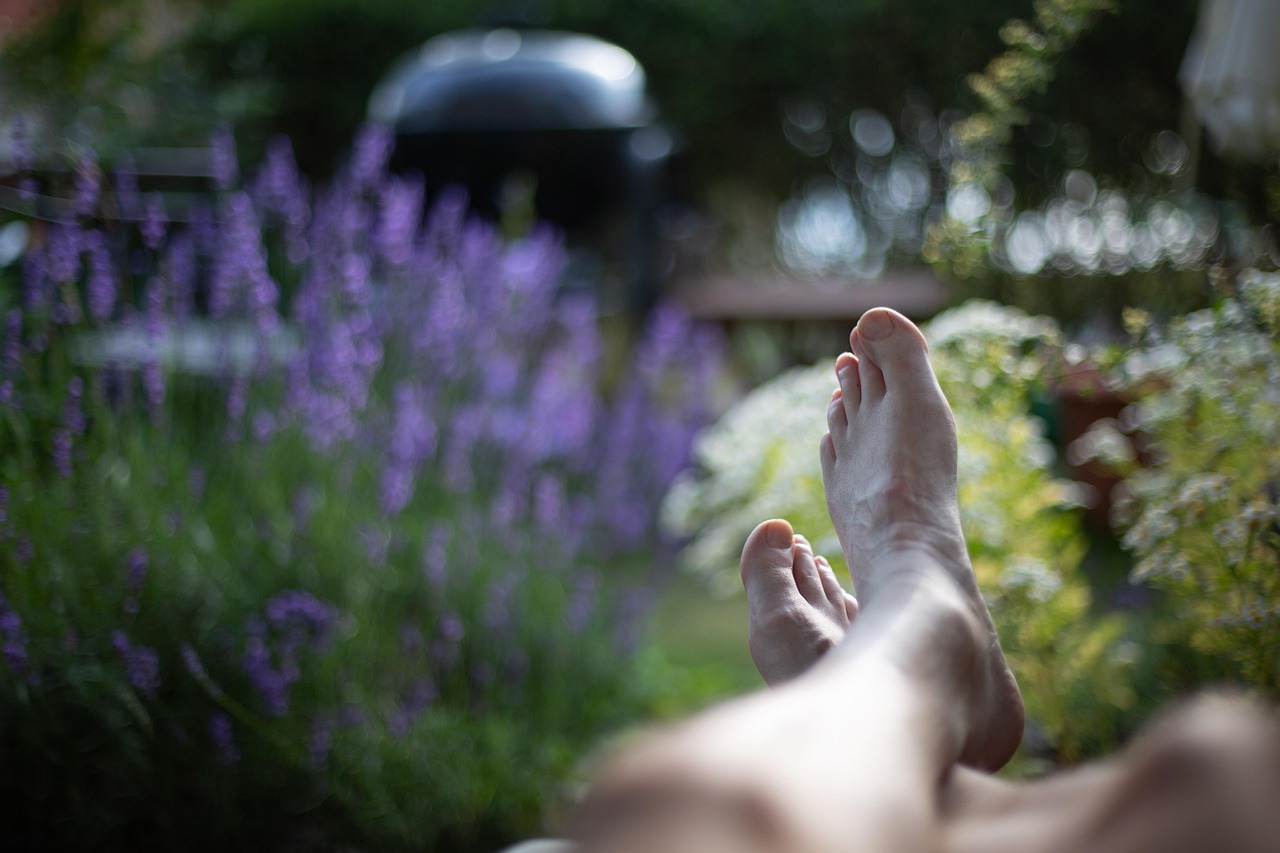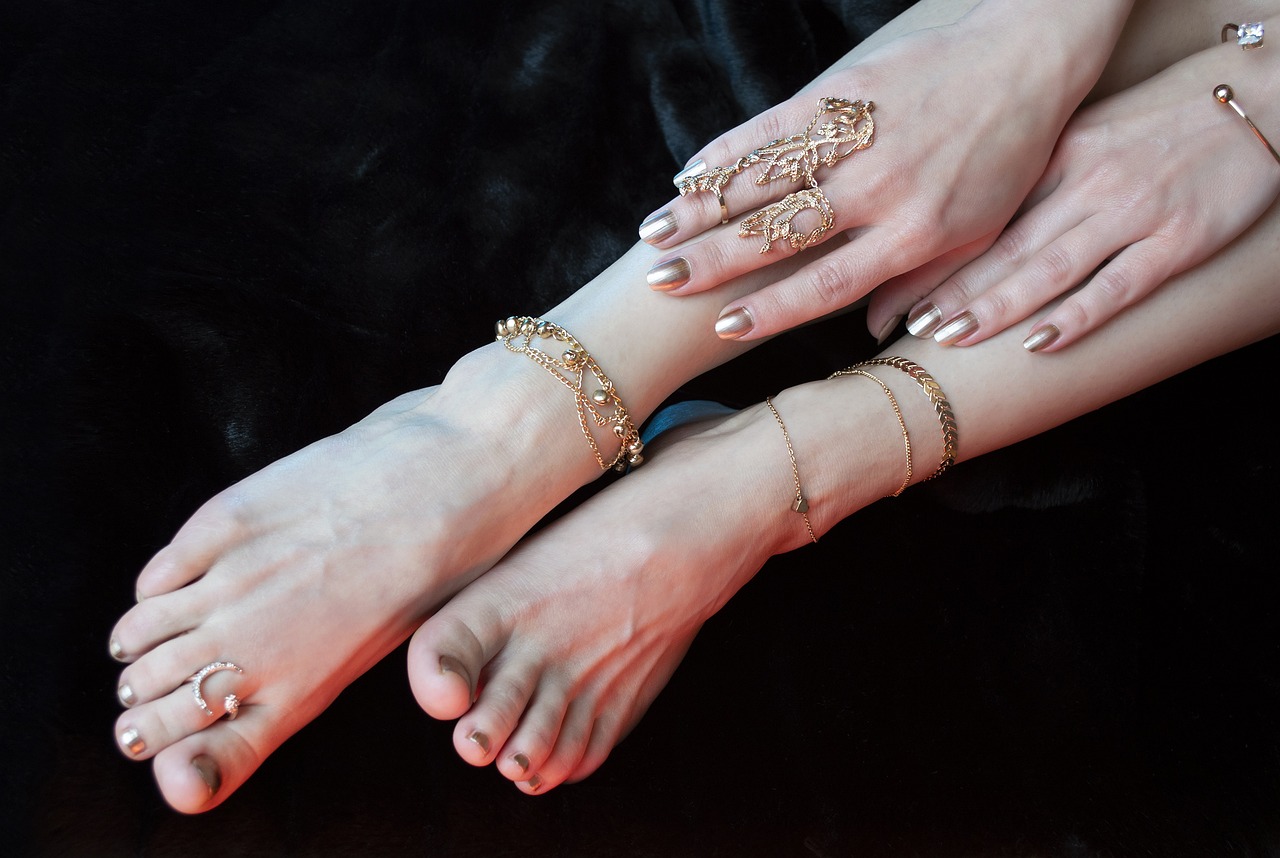When winter rolls in, we bundle up in cozy layers, drink more tea, and load up on lip balm to fight dry air. But while you’re focused on chapped lips and flaky hands, there’s one area that often gets overlooked — your heels.
Even if your feet are hidden in socks and boots all season long, cold weather is secretly working against your skin, and your heels take the biggest hit. If you’ve noticed more cracks, dryness, or discomfort during colder months, you’re not imagining it — your environment is the culprit.
In this guide, we’ll explore how cold weather damages your heel skin from the inside out, and how a few smart steps (and the right products from The Beauty Pure) can help you prevent painful winter heel problems before they start.
Table of Contents
Toggle❄️ Why Cold Weather Targets Your Heels
You might assume your feet are safe in warm socks and insulated shoes — but ironically, that coverage can make things worse when paired with dry, cold air.
Here’s how winter contributes to heel damage:
1. Low Humidity = Low Hydration
Cold air holds less moisture, and most indoor heating systems suck what’s left out of your home. The result? Your skin loses hydration faster, especially in areas like your heels, which already lack oil glands.
2. Thicker Socks Trap Heat (and Sweat)
While socks keep you warm, they can also trap moisture and bacteria, especially if you sweat during the day and don’t change socks often. This softens skin in a bad way — making it more vulnerable to friction, breakdown, and odor.
3. Hot Showers Strip Natural Oils
We all crave long, hot showers in winter, but that soothing heat strips the skin’s natural barrier, leaving your heels even drier. Without immediate rehydration, the skin begins to crack, flake, and tighten.
4. Reduced Circulation Slows Skin Renewal
Cold weather can restrict blood flow to extremities like your feet. This means slower skin repair, less natural oil production, and more buildup of dead skin cells — the perfect storm for heel fissures.
💡 Think your feet are safe in boots? Not if you’re skipping hydration. Start protecting your skin today with The Beauty Pure.
🧴 How to Reverse (and Prevent) Winter Heel Damage
If winter always seems to bring cracked heels your way, now’s the time to build a winter-specific foot care routine. Here’s how:
✅ Step 1: Switch to a Richer, Barrier-Based Cream
Light lotions won’t cut it in cold weather. You need occlusive and emollient ingredients like urea, panthenol, and glycerin.
Use daily:
👉 Lapitak Foot Care Cream for softening
👉 Lapitak Cream for Cracked Heels if you already have visible cracks
✅ Step 2: Exfoliate — But Not Too Often
Even in winter, you need to remove dead skin so your creams can absorb. But don’t overdo it — 1–2 times per week with a pumice stone or gentle scrub is enough.
✅ Step 3: Wear Moisture-Friendly Socks
Choose cotton or wool socks that let your feet breathe, and avoid synthetics that trap sweat. Always change your socks if they feel damp.
✅ Step 4: Apply Cream Before Bed — and Seal It In
Nighttime is prime time for repair. Apply your cream, then wear clean socks to seal in hydration while your body naturally regenerates skin overnight.
🔄 A Week in Winter Foot Care (Sample Routine)
| Day | Action |
|---|---|
| Monday | Cleanse + apply Lapitak Foot Care Cream at night |
| Tuesday | Rest day — change socks often |
| Wednesday | Soak + gentle exfoliation + cracked heel cream |
| Thursday | Spray with odor control if needed |
| Friday | Reapply cream + wear socks overnight |
| Saturday | Optional foot mask or soak |
| Sunday | Trim nails + moisturizing massage |
🔍 Winter Myths About Foot Care — Busted
Myth 1: “My feet don’t need care because I’m not wearing sandals.”
Truth: Hidden skin is still drying and cracking — just unnoticed.
Myth 2: “If I wear socks, I don’t need moisturizer.”
Truth: Socks don’t moisturize — they may even wick away hydration without a cream barrier.
Myth 3: “Foot odor is only a summer problem.”
Truth: Winter sweat trapped in boots = bacteria buildup and odor risk.
Final Thoughts: Winter Is Hard on Heels — But It Doesn’t Have to Be
Just because your feet are out of sight doesn’t mean they should be out of mind. Winter heel damage is preventable, treatable, and totally manageable — with the right combination of hydration, protection, and awareness.
👉 Explore The Beauty Pure for winter-ready foot care that keeps your heels soft, strong, and happy — no matter the forecast.





